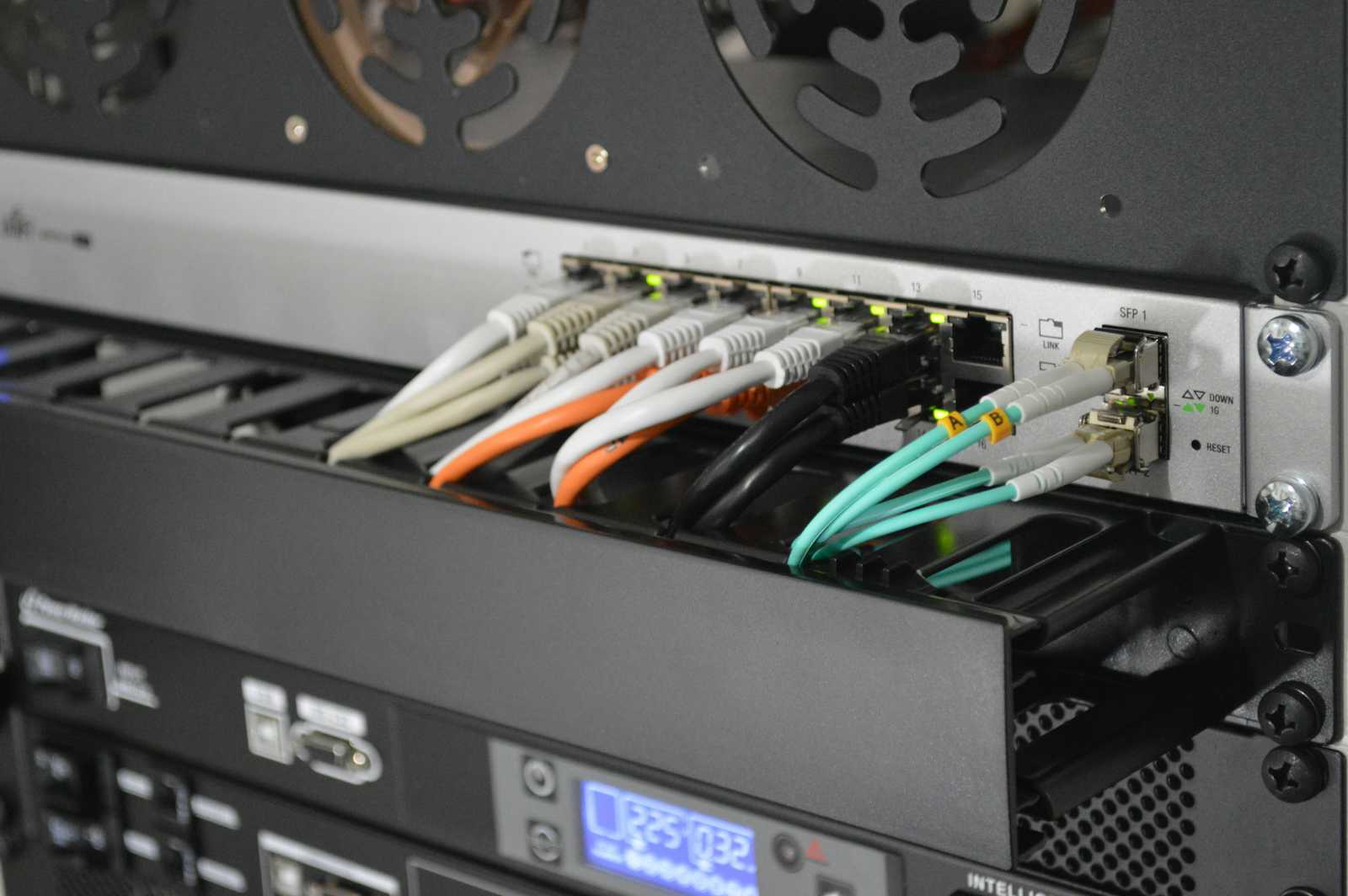Debug Network Traffic: tcpdump tool
 Maxat Akbanov
Maxat Akbanov
tcpdump is a powerful command-line tool used in the context of system administration and DevOps for monitoring, analyzing, and debugging network traffic. It captures and displays the contents of packets on a network interface in real-time or saves them to a file for later analysis.
Installation on Linux
Installing tcpdump on Linux systems is generally straightforward because it's available in the repositories of most Linux distributions. The exact command to install tcpdump depends on the package management system used by your distribution.
Debian, Ubuntu, and derivatives:
Use the apt package management tool. You might need to precede these commands with sudo to gain administrative privileges:
sudo apt update
sudo apt install tcpdump
CentOS, Fedora, RHEL, and derivatives:
On CentOS/RHEL 7 and below, as well as Fedora 22 and below, use
yum:sudo yum install tcpdumpOn CentOS/RHEL 8 and above, and Fedora 23 and above, use
dnf:sudo dnf install tcpdump
After Installation
Once tcpdump is installed, you can verify that it's correctly installed and check its version by running:
tcpdump --version
This command should output the version of tcpdump installed on your system, along with some additional information about the build.
tcpdump version 4.9.3
libpcap version 1.9.1 (with TPACKET_V3)
OpenSSL 1.1.1f 31 Mar 2020
Note:
Running
tcpdumptypically requires root (or sudo) privileges because it needs access to the network interface in promiscuous mode.For systems that are not connected to the Internet or have strict package repository policies, you may need to download the
tcpdumppackage manually and transfer it to the target system for installation. In such cases, follow the specific procedures for installing local packages for your Linux distribution.Always ensure your system's package index is updated (
apt update,dnf makecache, etc.) before installing new software to get the latest versions available.
By following these commands, you should be able to install tcpdump on most Linux distributions without any issues.
Basic Usage
To start capturing packets on a specific interface, you would use a command like
tcpdump -i eth0, whereeth0is the name of the interface you want to monitor.You can also capture packets that match certain criteria, like IP addresses, port numbers, or protocols, e.g.,
tcpdump -i eth0 port 80to capture HTTP traffic.To capture by host e.g.,
tcpdump -i eth0 host 192.168.1.1To filter traffic by destination (
dst) and source (src) e.g.,tcpdump -i eth0 dst 192.168.1.107ortcpdump -i eth0 host 192.168.1.1 and src 192.168.1.1To specify entire network or subnet use
net:tcpdump -i eth0 -v net 192.168.1.0/24To capture all TCP packets use
tcp:tcpdump -i eth0 -v tcpIt is good practice to use
''quotation mark around your display filters:tcpdump -i eth0 'host 192.168.1.1 and src 192.168.1.1'
The
-woption allows you to write the captured packets to a file instead of displaying them on the screen, e.g.,tcpdump -i eth0 -w capture_file.pcap.
Use Cases
Network Troubleshooting:
tcpdumpis invaluable for diagnosing network problems. For example, it can help determine whether traffic is reaching a server at the network level or if packets are being dropped.Security Monitoring: Administrators can use
tcpdumpto monitor network traffic for suspicious activities, such as unusual amounts of traffic to a particular port, which might indicate a potential security threat or a breach.Performance Analysis: By analyzing network traffic, DevOps teams can identify bottlenecks and performance issues. For instance, capturing and analyzing the time it takes for responses to return to specific requests can help pinpoint latency issues.
Verifying Network Configurations:
tcpdumpcan be used to verify if network configurations are working as intended. For example, after setting up firewall rules, an administrator might usetcpdumpto ensure that the rules are correctly filtering traffic.Application Debugging: Developers and DevOps practitioners can use
tcpdumpto debug application-level issues that manifest at the network layer, such as an application not properly forming requests or failing to connect to a server.Network Forensics: In the event of an attack or unauthorized access,
tcpdumpcan capture packet data necessary for forensic analysis, helping security professionals understand how an attack was carried out.
Best Practices
Limit Scope of Capture: Use filters to limit the capture to only the traffic that is relevant to the issue you are troubleshooting. Capturing all traffic can quickly fill up storage and make analysis more difficult.
Secure Access to Packet Dumps: Packet captures can contain sensitive data. Ensure that only authorized personnel have access to these files and that they are stored securely.
Use in Combination with Other Tools: While
tcpdumpprovides raw packet data, it's often useful to use it in conjunction with other analysis tools (like Wireshark) that can parse and display data in more user-friendly formats.
References:
Subscribe to my newsletter
Read articles from Maxat Akbanov directly inside your inbox. Subscribe to the newsletter, and don't miss out.
Written by

Maxat Akbanov
Maxat Akbanov
Hey, I'm a postgraduate in Cyber Security with practical experience in Software Engineering and DevOps Operations. The top player on TryHackMe platform, multilingual speaker (Kazakh, Russian, English, Spanish, and Turkish), curios person, bookworm, geek, sports lover, and just a good guy to speak with!